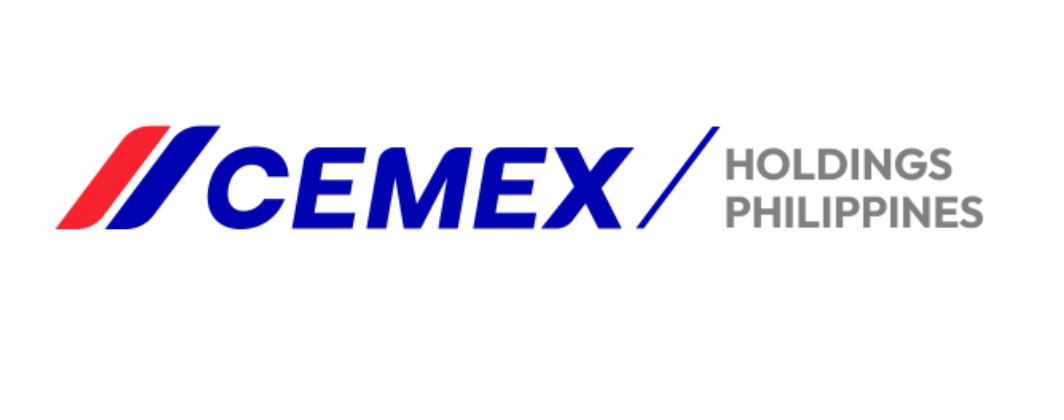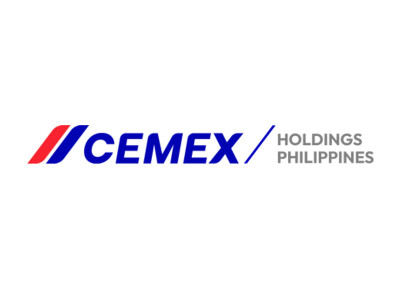

Despite the cloudy economic climate, tycoon Isidro Consunji-led DMCI Holdings unveiled its largest investment in its 29-year-old history with the purchase of listed Cemex Holdings Philippines (CHP), the country’s No. 4 cement producer.
During DMCI’s annual stockholders meeting on Tuesday, Consunji told stockholders the P17.6 billion acquisition is an “attractive purchase price” and the business complementary to the conglomerate’s sprawling property, power, mining, water and construction portfolio.
No delisting of CHP
More importantly, he underscored their intention to maintain the publicly-listed status of Cemex Philippines, which remains the only pure cement company on the Philippine Stock Exchange after the privatization of Holcim Philippines and Eagle Cement.
“We believe that maintaining its public status offers greater financial flexibility and enhances our credibility in the market,” Consunji told stockholders on Tuesday.
Crisis survivor
Struck by the Asian Financial Crisis in 1997 just two years after its initial public offering, DMCI is no stranger to making big bets despite a crisis.
“In our story, a lot of it is crisis, a lot of it is luck,” Consunji told editors and reporters of the Philippine Daily Inquirer in a 2022 profile.
On Tuesday, he told stockholders the acquisition of Cemex Philippines—their first since buying nickel assets in 2014—marks the beginning of a new era for DMCI “after a decade-long focus on organic growth.”
“By manufacturing our own cement, we can strengthen our internal ecosystem, boost our competitive advantage, and strategically position the DMCI group for the nationwide infrastructure boom,” Consunji said.
Business synergies
DMCI earlier announced plans to reverse losses at the cement maker within the year.
This will entail strict cost controls but also attractive synergies with other parts of its portfolio.
“With DMCI’s order book and DMCI home sales nearing pre-pandemic levels, we are well positioned to drive significant internal cement demand,” Consunji said.
“Accelerated infrastructure spending by Maynilad until 2027 could also drive cement requirements in Metro Manila,” he said, referring to their unit Maynilad Water Services Inc.
Government infra drive
Consunji said coal and power sales will also improve listed subsidiary Semirara Mining and Power’s performance.
Government infrastructure projects, a major driver of cement demand, will also boost Cemex Philippines’ turnaround prospects.
“The Marcos administration's commitment to sustained infrastructure spending at 5-6 percent of [gross domestic product] suggests this demand will remain strong in the medium term,” Consunji said.
Analyst view
Kyle Garcia, analyst at First Metro Securities Research, said the deal was positive in the long-term for CHP, but short-term risks can be expected.
“The synergistic relationship of the businesses should provide relief to the prevailing struggles of the cement manufacturer. On the expense end, CHP has been largely sensitive to global energy price fluctuations,” Garcia said in a recent note to investors.
He also cited the more stable outlook for energy costs, thanks to Semirara, and steady demand from DMCI’s other business units.
“CHP will benefit in the long-term from the forecasted rebound of the property and infrastructure segments once global inflation and policy rate outlook stabilizes,” Garcia said.
Integration and learning curve
“We do expect, however, near-term weakness for CHP on one-off associated integration expenses and as management fully grasps the operations of the company,” Garcia said.
“It will take some time before CHP gains momentum. Nevertheless, we remain optimistic that the new owners can alleviate and even potentially turn around the business into a consistent profitable entity,” he added.
What’s next?
Consunji said a number of things need to happen before the Cemex Philippines takeover is completed.
This includes securing approvals from regulators, the completion of the company’s 1.5-million-ton cement plant expansion, and a tender offer to minority stockholders owning the remaining 10 percent.
“Turning CHP around will take some time and a lot of hard work. But the potential returns are well worth the investment,” Consunji said on Tuesday.

Miguel R. Camus has been a reporter covering various domestic business topics since 2009.

